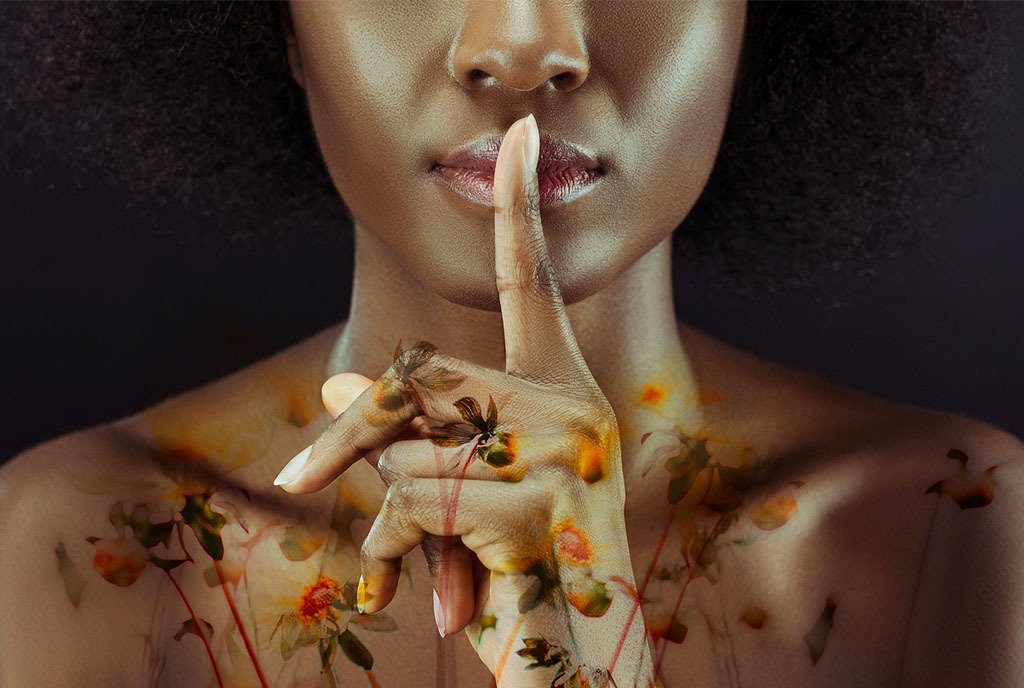
“To seek out that Black ladies had been murdered at a fee of six instances that of White ladies was fairly surprising.”
A current report in the Lancet medical journal explores the racial inequities in murder charges utilizing knowledge collected by the Facilities for Illness Management and Prevention’s Nationwide Important Statistics System to investigate murder charges of Black ladies between the ages of 25 and 44 in 30 states throughout the nation. For the research, researchers labeled homicides as demise by taking pictures, piercing, chopping, and different types of violence. Between 1999 and 2020, the research discovered that Black ladies had been six instances extra prone to be killed than their White counterparts in that very same age vary.
“To seek out that Black ladies had been murdered at a fee of six instances that of White ladies was fairly surprising,” mentioned Bernadine Waller, one of many lead authors of the research. Waller can be a Nationwide Institute of Psychological Well being postdoctoral analysis fellow within the psychiatry division at Columbia College Irving Medical Middle. As a scholar whose analysis has targeted on intimate companion violence, she knew that there was a disparity in murder charges. Nonetheless, she needed to take part within the research as a result of nobody had executed analysis of this magnitude. She was devastated to find out how stark the disparity is.
Violence towards Black ladies is usually underreported. Black feminist scholar Kimberlé Crenshaw pointed this out in an article in the Guardian and infrequently by the #SayHerName motion. Many information headlines give attention to the truth that Black males and boys, who’re killed by homicides at increased charges than some other group, face a deeply troubling epidemic—nevertheless it’s uncommon for information retailers to debate how Black ladies and ladies are additionally being killed at an rising fee and the way their killings are a silent epidemic. Notably within the wake of the racial unrest that was ignited by protests throughout the nation in 2020, knowledge revealed that there was a disparity between the killings of Black ladies and their White counterparts.
It’s uncommon for information retailers to debate how Black ladies and ladies are additionally being killed at an rising fee.
In 2020 alone, there have been greater than 1,821 Black ladies and ladies killed—5 ladies and ladies a day. As the Guardian identified, whereas homicides elevated 30 p.c nationwide in 2020, the murder fee for Black ladies and ladies rose 33 p.c. This was a sharper improve than each demographic aside from Black males. In 2020 alone, the murder fee for Black ladies was double that of White ladies. Gun violence, which tends to extend in areas with elevated poverty ranges, was a number one driver behind these elevated murder charges.
The Pressing Must Deal with Inequities
Because the Lancet report notes, the murder charges of Black ladies have elevated throughout the COVID-19 pandemic. Notably throughout the earlier months of the pandemic, it was Black ladies who had been disproportionately labeled important staff. A lot of them couldn’t keep at residence, so the probabilities of them encountering violence had been exacerbated. Though the Lancet report doesn’t point out how most of the deaths are a results of home violence, earlier analysis has discovered that home violence has elevated throughout the pandemic—charges had been significantly excessive when stay-at-home orders had been in place. Black ladies expertise home violence at increased charges than their White counterparts however are much less prone to report it as a result of they concern that they or their family members would possibly encounter police violence. Even once they do report, nonetheless, they’re much less prone to be believed.
Join our free newsletters
Subscribe to NPQ’s newsletters to have our prime tales delivered on to your inbox.
By signing up, you conform to our privateness coverage and phrases of use, and to obtain messages from NPQ and our companions.
Notably within the wake of the 2020 killing of George Floyd, extra consideration has been paid to structural racism within the Midwest particularly, the place financial inequality, disproportionate incarceration, and segregation plague Black Individuals. The Lancet report now finds that in Midwestern states like Wisconsin, Missouri, and Oklahoma, over 15 extra Black ladies than White ladies had been killed for each 100,000 ladies ages 25 to 44 between 2019 and 2020. In Wisconsin, Black ladies had been 20 instances extra prone to be killed than their White counterparts. The students level out that this can be a “disturbing improve” from the interval between 1999 and 2003, when the murder fee of Black ladies was six instances the speed of White ladies—which was nonetheless extraordinarily excessive.
Black ladies expertise home violence at increased charges than their White counterparts.
Within the report, the researchers level out that structural racism would possibly present perception as to why Black ladies, no matter their ethnicity, face disproportionately excessive charges of murder. They notice that “the best inequities are in areas of the nation the place concentrated drawback is pronounced.” The research additionally notes that “instructional attainment, employment, poverty, residential segregation, and homeownership are well-known indicators influencing disproportionately excessive charges of murder in areas the place Black ladies largely reside.”
Given these findings, the authors of the report level to an pressing want to handle murder inequities between Black and White ladies in the USA. They imagine that policymakers should cross federal laws that reduces entry to weapons. In addition they name on policymakers to cross laws to handle structural boundaries.
“Policymakers should deal with long-standing structural elements that underpin elevated gun violence,” the authors write, “by implementing sustainable wealth-building alternatives, growing desegregated, mixed-income and reasonably priced housing and rising inexperienced areas in communities the place Black ladies largely reside.”